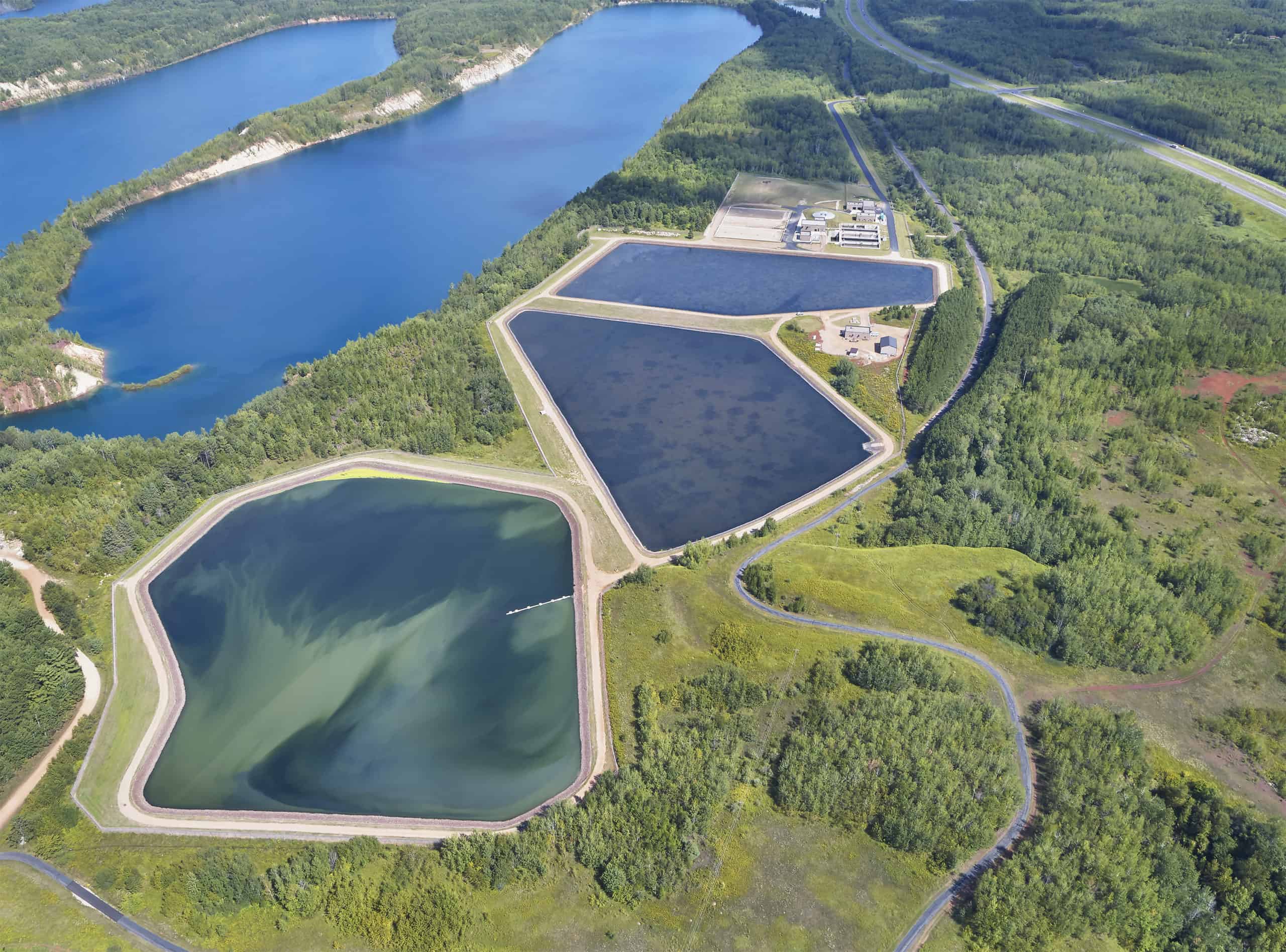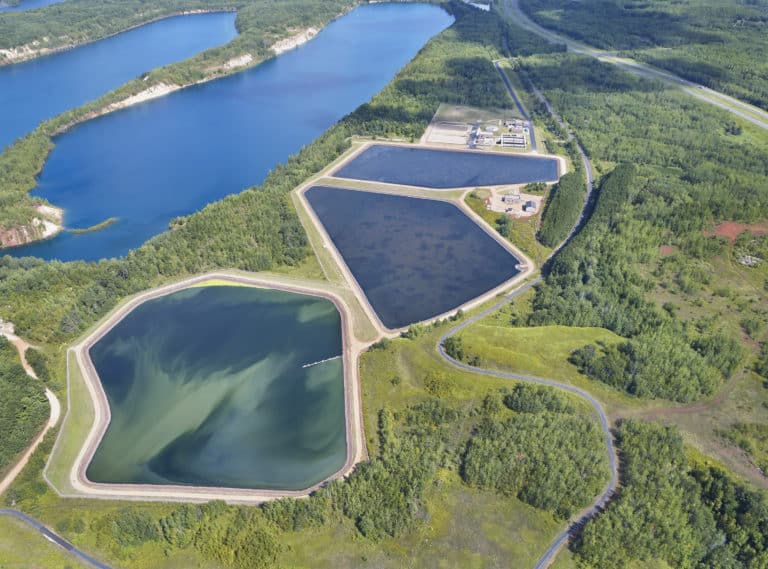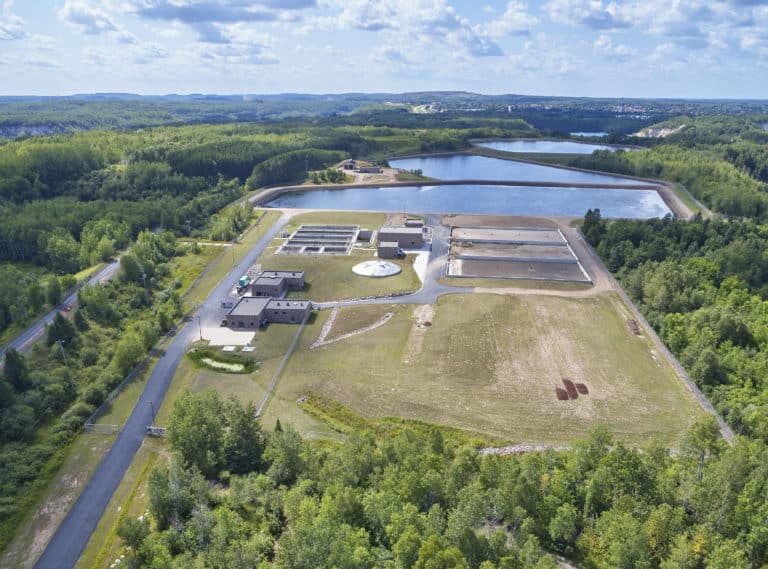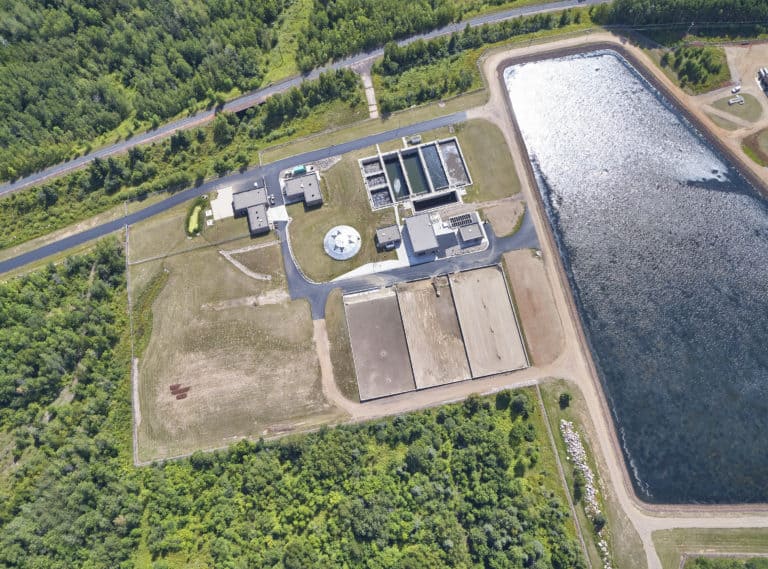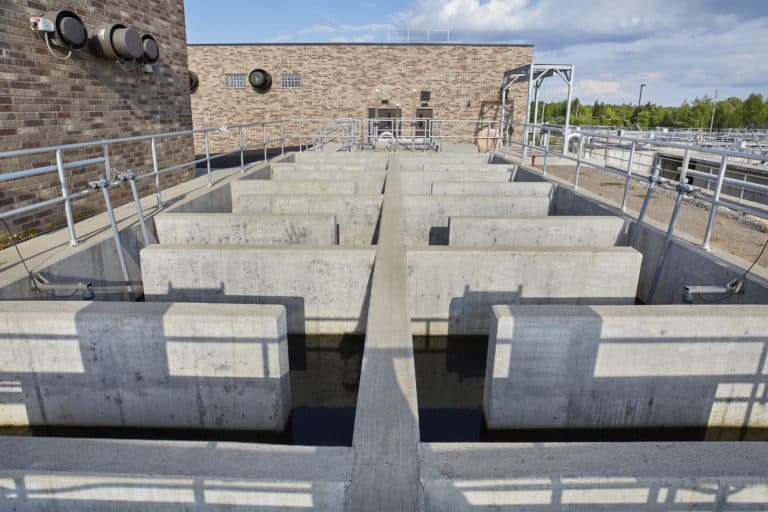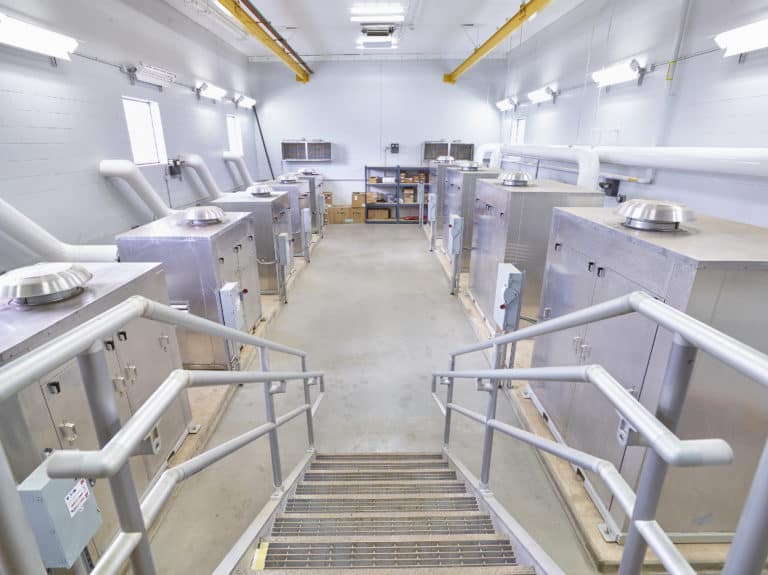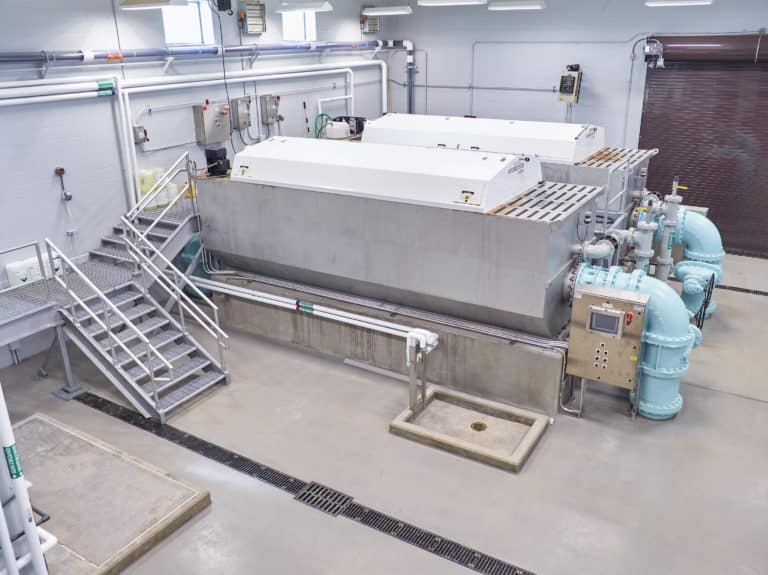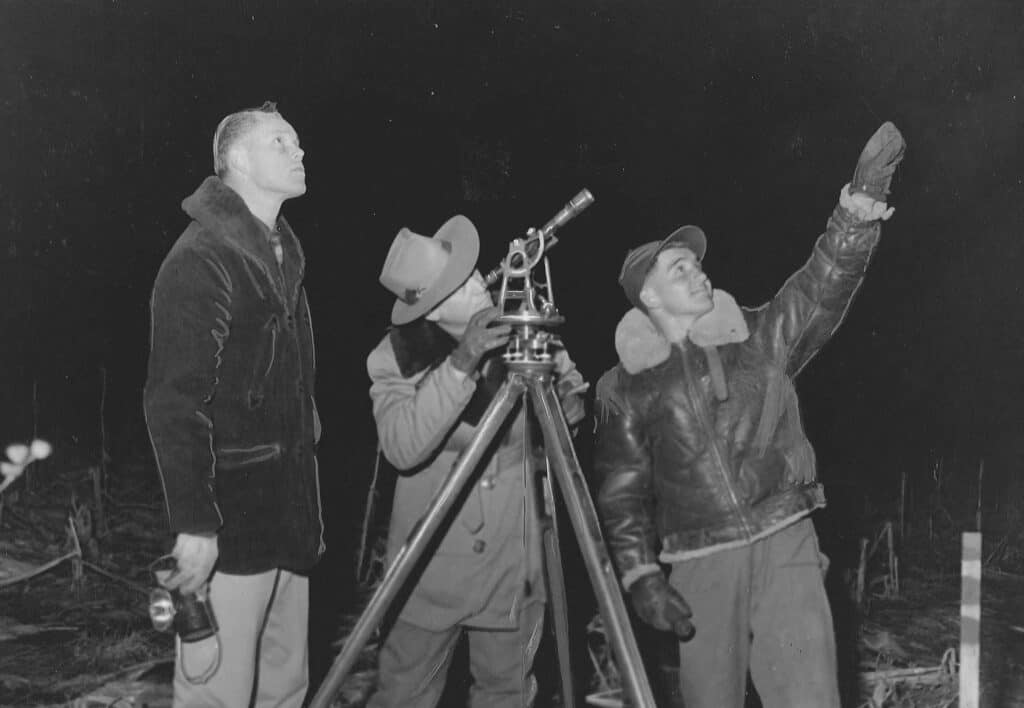Central Iron Range Sanitary Sewer District (CIRSSD) is a collaborative initiative led by HR Green, which includes the cities of Chisholm, Buhl, Kinney, and the Town of Great Scott, and state lands occupied by the Minnesota Discovery Center. The project extends wastewater service along the HWY 169 corridor in and around the member communities. The goal of the CIRSSD was to create a single regional provider of wastewater collection, conveyance and treatment services for the member communities. The project provides key benefits that each participant would otherwise struggle to establish on their own, namely, treatment capacity to accommodate future growth and the ability to comply with stringent discharge requirements of the Great Lakes Basin. These benefits are now being realized through the synergy and economy of scale that results from regional cooperation.
Permitting + Environmental Assessments
The CIRSSD was in the planning process over several years, but due to funding deadlines, the District only had approximately eight months to reassess the previous planning efforts, initiate design, and prepare permitting documents and studies, including an archeological and historical study, Phase 1 and 2 Environmental Site Assessments, Environmental Assessment Worksheet, wetland permitting, NPDES permitting documents and loan documents.
MPCA and the CIRSSD worked with the City of Chisholm to develop a creative strategy to incorporate the construction of the CIRSSD into the reissued Chisholm NPDES permit. This negotiated strategy also facilitated the transfer of the Chisholm NPDES permit to the CIRSSD following the transfer of wastewater flow. The strategy for this unique permit included the development and negotiation of discharge limits for the newly constructed facility to include mercury compliance and the introduction of monitoring for “salty discharges” and bio-toxicity in the downstream wetlands with MPCA standards and permitting staff. The project received a Negative Declaration on the EAW in June of 2010, a draft NPDES permit was issued, and the CIRSSD also received approval of the plans and specifications for the new WWTP. The final NPDES permit was issued in August of 2010.
New Wastewater Treatment Plant
The approved plans called for the construction of a new wastewater treatment plant (WWTP) located adjacent to the City of Chisholm’s existing stabilization lagoon system, and the addition of a conveyance system capable of transporting wastewater from participating communities to the new WWTP. The WWTP includes:
- Fine Screening and Grit removal rated for 10 MGD
- Influent flow equalization ponds and pumping return
- Sequencing batch reactors (SBRs) with 4 reactors, flow splitter box, and post equalization
- Chlorine disinfection and effluent reuse system
- Aerobic digesters and sludge storage
- Rotary drum thickener
- Reed beds
- Control building
The collection system includes:
- 2 MGD lift station to serve the City of Chisholm
- 432,000 GPD lift station and 3 miles of force main to serve the City of Buhl
- Improvements to the existing City of Kinney lift station
Lowe Level Mercury Treatment
HR Green piloted membrane technology and reactive upflow sand filters, which removed both mercury and phosphorus to very low levels. At the end of the pilot testing, HR Green provided a comprehensive report which compared the performance of each technology and an opinion as to their anticipated life cycle cost. HR Green led efforts to write an application for a Great Lakes Restoration Grant on behalf of the City and the GLI mercury stakeholder communities of Virginia, Two Harbors, and the Central Iron Range Sanitary Sewer District.
SCADA
HR Green designed a control and monitoring system at the WWTP with communication between it and the three system lift stations located in each community. The SCADA system, located in the control room, includes four servers with integrated UPS and industrial-grade thin client workstations. Plant equipment and local controls communicate with SCADA via an Ethernet system.
The new Central Iron Range Sanitary Sewer District treatment facilities will provide an economical, high-quality effluent meeting strict effluent standards for years to come and contribute to better water quality in the East Swan River Watershed and the Lake Superior Basin.
